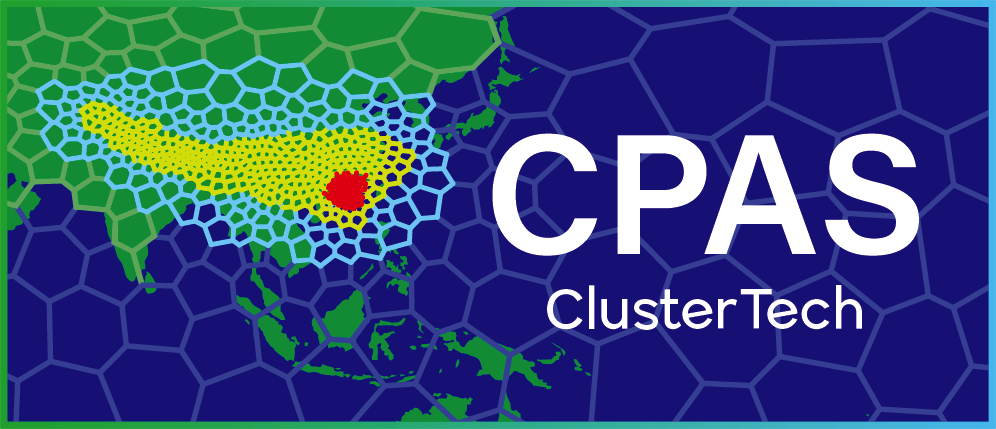Read Stull’s book chapter on General Circulation
https://www.eoas.ubc.ca/books/Practical_Meteorology/prmet102/Ch11-global-v102.pdf
This is a long chapter (~60 pages) but it is worth reading it. Sections 1 - 7 are essential for your understanding, before you have some idea on designing the mesh and the configuration for running a simulation of synoptic circulation (global-scale circulation).
Read and follow the instructions in CPAS User Guide:
https://cpas.earth/userguide/meshcustomization_outline
Alternatively, watch the video in the CPAS blog:
https://cpas.earth/blog/201912/diy-weather-prediction-okinawa-part-1
Make two customized meshes for the purposes:
1. Simulation of synoptic scale circulation in the North Hemisphere.
2. Provision of 4 km resolution gridded direct model output weather data for your home city. (“Direct model output” is a term used in the weather forecasting community - Post-processing using statistical methods are often used as a downstream step to adjust NWP model’s output for specific station locations - hence the output data of a NWP model is often called direct model output. They are useful for applications like driving an air quality model.)
Trial and error, or make a sensible estimation of resolution and region size, with the resources and privilege available to use.
| Previous | Continue |
|---|
